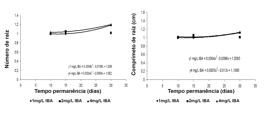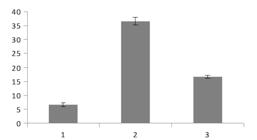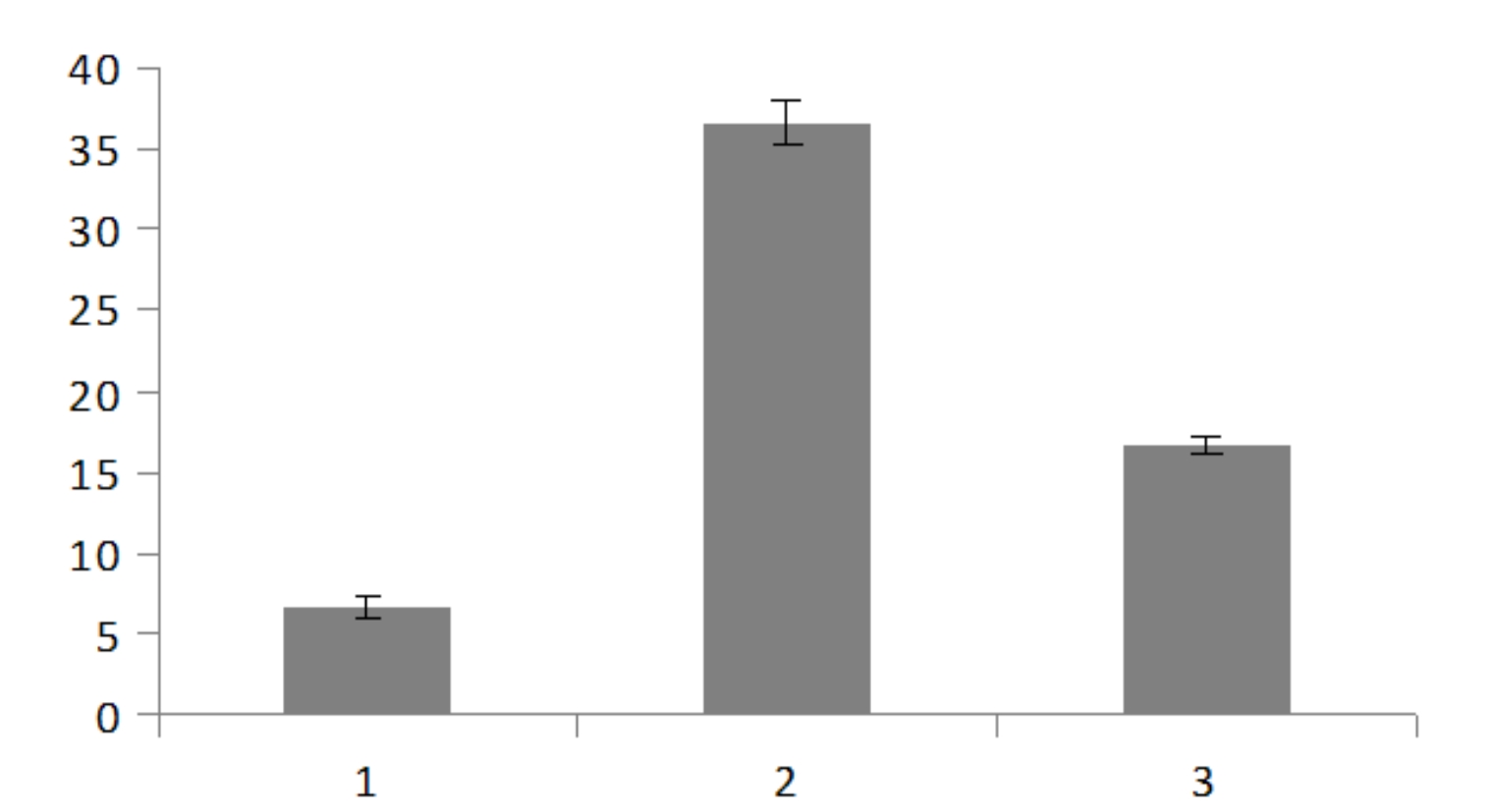This work was carried out in order to optimize an efficient protocol for the in vitro rooting of Anemopaegma arvense, a medicinal plant of the Brazilian Cerrado in danger of extinction, popularly known as Catuaba in Portuguese and widely used in folk medicine. Shoots cultivated in vitro were inoculated in liquid MS/2 and solid MS culture medium supplemented with different concentrations of auxins, polyamines or dithiothreitol (DTT). Evaluations were performed for the rooting percentage and for the number and length of roots. The presence of NAA (naphthaleneacetic acid) in the culture medium was essential to promote the induction of adventitious roots. Higher rooting percentage (50%) was obtained in the treatment with 2 mg L-1 NAA and duration of stay of 15 days in this auxin. In the experiment with polyamines, the best treatment was MS/2 + 5 mg L-1 putrescine with 27% of shoots rooted. In the presence of DTT (dithiothreitol), 23% of shoots rooted at 0.10 mg L-1 DTT. The presence of the auxin NAA and the alternation in length of stay was the best condition to promote in vitro rooting of A. arvense.
auxins; polyamines; phenolic compounds

 Thumbnail
Thumbnail
 Thumbnail
Thumbnail
 Thumbnail
Thumbnail
 Thumbnail
Thumbnail
 Thumbnail
Thumbnail




